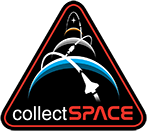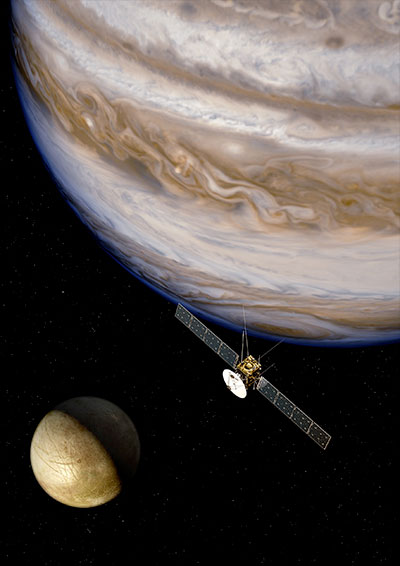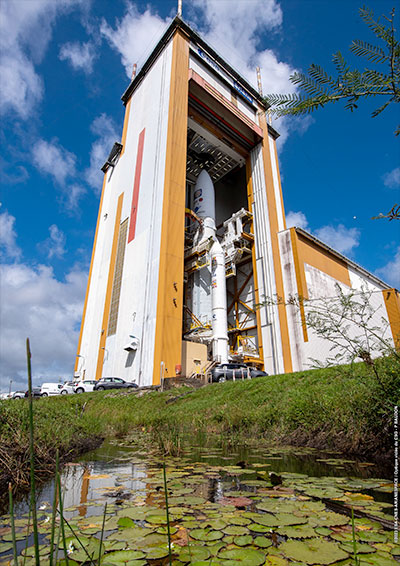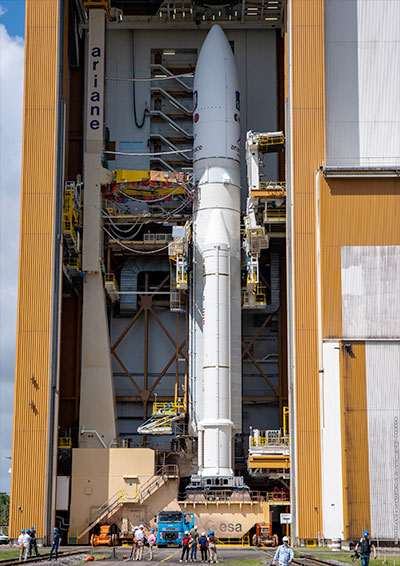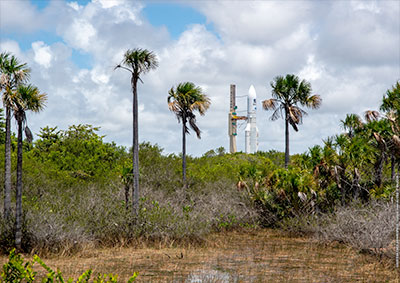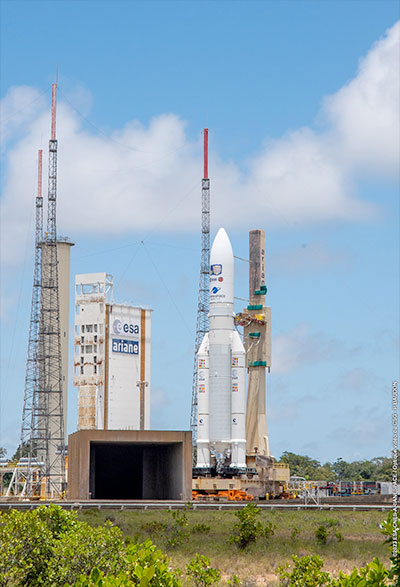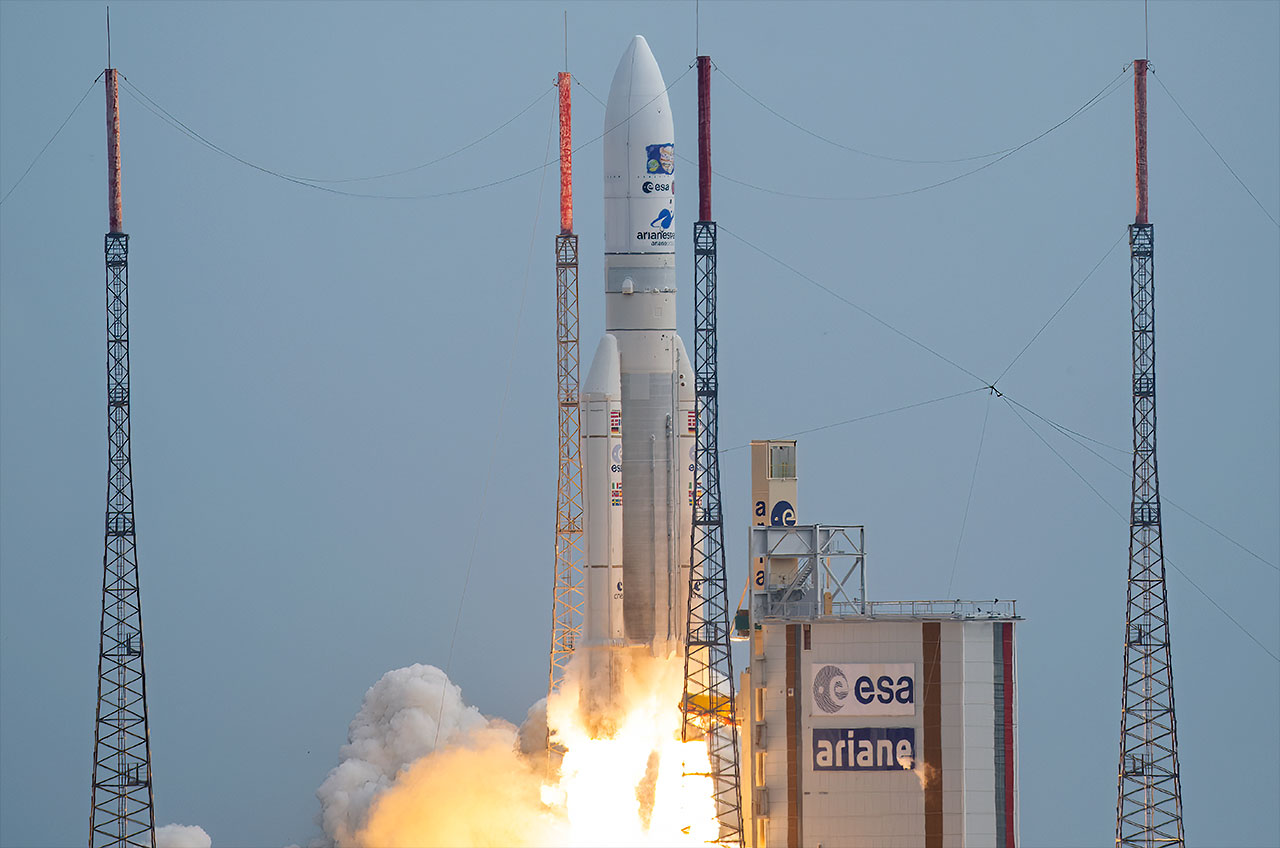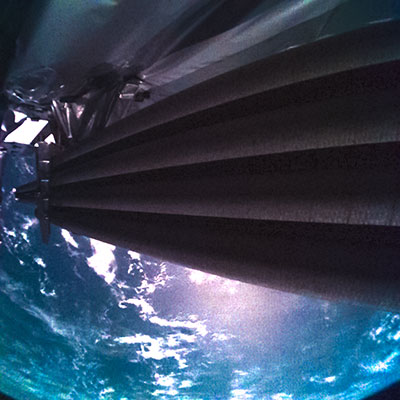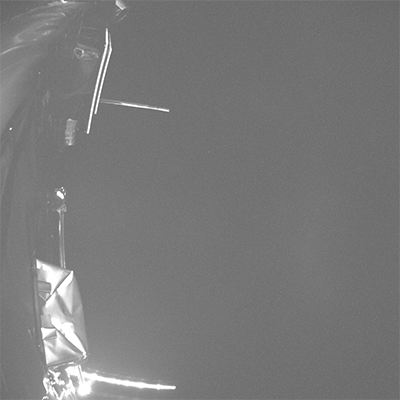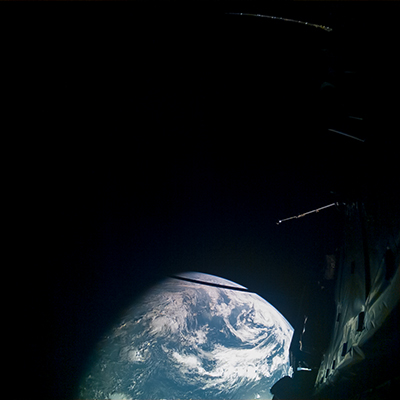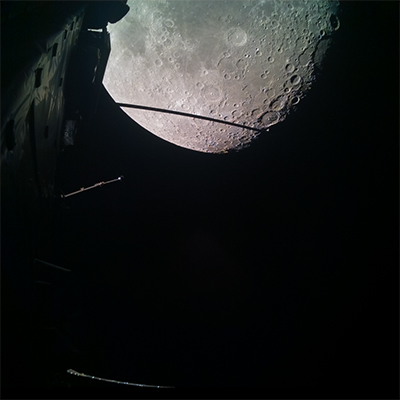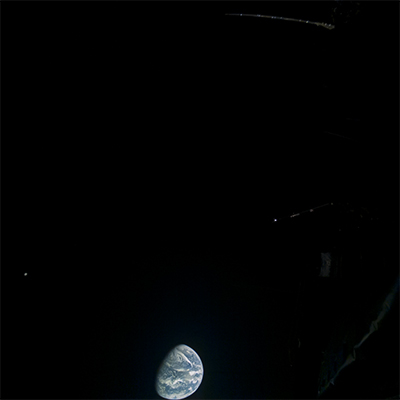Juice flys by Venus following anomaly resolutionFlyby success! ESA's Juice spacecraft passed Venus at 07:28 CEST on 31 August.
The European Space Agency's Jupiter Icy Moons Explorer (Juice) completed its gravity-assist flyby at Venus on 31 August, following the successful resolution of a spacecraft communication anomaly that temporarily severed contact with Earth.
The issue, which emerged during a routine ground station pass on 16 July, temporarily disrupted Juice's ability to transmit information about its health and status (telemetry).
Thanks to swift and coordinated action by the teams at ESA's European Space Operations Centre (ESOC) in Darmstadt, Germany, and Juice's manufacturer, Airbus, communication was restored in time for the planetary encounter.
Juice falls silent
The anomaly began when ESA's deep space antenna in Cebreros, Spain, failed to establish contact with Juice at the expected time of 04:50 CEST on 16 July. Initial checks ruled out ground station issues, prompting escalation to the Juice control team at ESOC. Attempts to reach the spacecraft via ESA's New Norcia station also failed, confirming that the problem was on board.
With no signal and no telemetry, engineers feared Juice might have entered survival mode – a last-resort configuration that is triggered by multiple onboard system failures. In such a state, the spacecraft spins slowly, sweeping its antenna across Earth once per hour. However, no such intermittent signal was detected.
"Losing contact with a spacecraft is one of the most serious scenarios we can face," said Angela Dietz, Juice Spacecraft Operations Manager. "With no telemetry, it is much more difficult to diagnose and resolve the root cause of an issue."
Attention turned to the communications subsystem. Engineers suspected either a misalignment of Juice's medium-gain antenna or a failure in the signal transmitter or amplifier.
Two recovery strategies were considered: waiting for the next automatic spacecraft reset in 14 days' time, or sending commands 'blind' into space in the direction that Juice should be and hoping that they are received by one of the backup low-gain antennas.
"Waiting was not an option," explained Angela. "We had to act fast. Waiting two weeks for the reset would have meant delaying important preparations for the Venus flyby."
20 hours of troubleshooting
Blind commanding was a challenge: Juice was around 200 million km from Earth and located on the other side of the Sun. It took each attempted rescue signal 11 minutes to reach the spacecraft, and the team then had to wait another 11 minutes to determine whether they had been successful.
Six attempts to steer the medium-gain antenna back towards Earth were unsuccessful. Recovery efforts continued overnight, lasting almost 20 hours and focusing on manually powering up Juice's onboard communication systems.
Eventually, a command succeeded in reaching Juice and triggering a response. The command activated the signal amplifier that boosts the strength of the signal that Juice sends towards Earth. Contact was re-established, and Juice was found to be in excellent condition. No systems had failed, and all telemetry was nominal.
The root cause was traced to a software timing bug. The software function that switches the signal amplifier on and off relies on an internal timer. This timer is constantly counting up and restarts from zero once every 16 months. If the function happens to be using the timer at the exact moment it restarts, the amplifier remains switched off, and Juice's signal is too weak to detect from Earth.
"It was a subtle bug, but one that we were prepared to investigate and resolve," said Angela. "We have identified a number of possible ways to ensure that this does not happen again, and we are now deciding which solution would be the best to implement."
All clear for the Venus flyby
Despite the high stakes and technical complexity, the recovery by ESA's mission operations team was achieved with minimal disruption.
"This was a textbook example of teamwork under pressure," said Angela. "Thanks to the team's calm and methodical approach, we were able to recover Juice without any lasting impact on the mission."
With the anomaly behind them, the Juice team returned their focus to preparations for the Venus flyby. Juice passed its closest point to Venus at 07:28 CEST on Sunday, 31 August as it completed the second of four planned gravity assists.
Designed for the cold, dark environment of Jupiter, Juice needed to adapt to the intense solar heat near Venus. To protect its sensitive components, the spacecraft used its main, high-gain antenna as a thermal shield. Due to thermal constraints, its remote sensing instruments could not be active during the flyby, and so no images of Venus were captured.
Juice's journey to Jupiter
To go directly to Jupiter, Juice would have needed to leave Earth with a velocity of 11 km/s. However, Juice is one of the heaviest interplanetary spacecraft ever launched, at almost 6000 kg. With such a massive payload, its Ariane 5 launcher provided an escape velocity of 2.5 km/s.
The spacecraft is using gravity-assist manoeuvres to pick up the rest of the required speed. Juice used the gravity of Venus this week to bend its orbit around the Sun and gain speed relative to Earth without using fuel.
The Venus flyby gave Juice a significant boost. When it next encounters Earth in September 2026, the spacecraft will have reached the required Jupiter transfer velocity of 11 km/s. However, Jupiter won't be in the right place to send Juice out towards it just yet.
Juice will use the Earth flyby in 2026 to further fine-tune its trajectory. After one more orbit around the Sun, the spacecraft will return to Earth for a final flyby in January 2029. This flyby will be used to send Juice on a transfer trajectory that intercepts Jupiter in July 2031.
